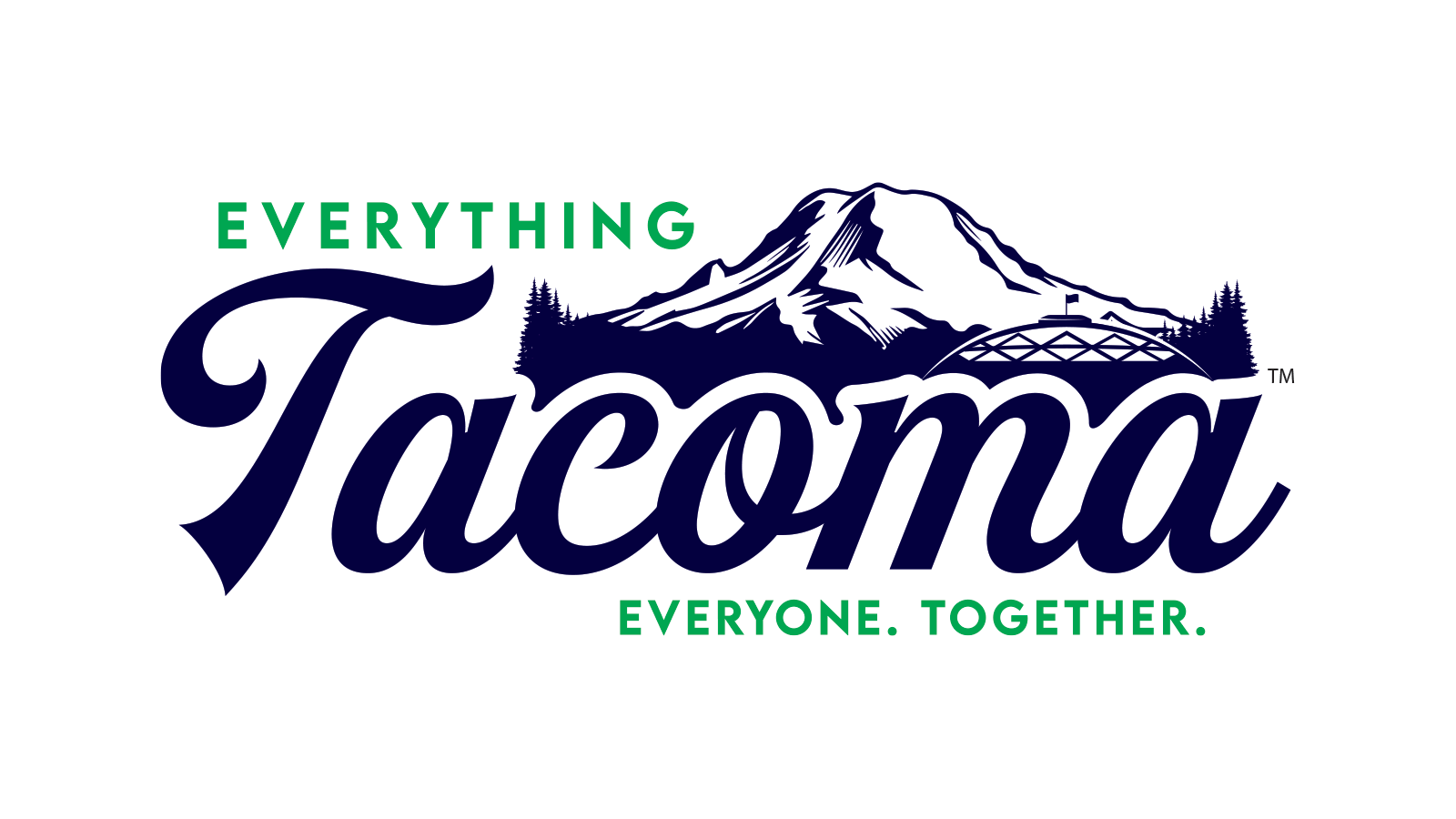Christmas is a holiday that resonates with joy, warmth, and a sense of togetherness, celebrated by millions around the globe. However, its origins are deeply rooted in a blend of ancient traditions, religious observances, and cultural practices that have evolved over centuries. From its early beginnings as a pagan festival to its current status as a hallmark of family gatherings, gift-giving, and festive cheer, the history of Christmas is as rich as it is varied.
As we look into the origins and evolution of Christmas traditions, it becomes clear that this holiday is not merely a singular event but a tapestry woven from diverse cultural threads. Each culture has contributed unique customs, transforming how Christmas is celebrated today. This exploration highlights the historical significance of the holiday and showcases how communities, such as those in Tacoma, Washington, embrace and adapt these traditions to create their own festive experiences.
The Origins of Christmas
Christmas traces back to ancient pagan celebrations that honored the winter solstice. These early festivities were characterized by feasting, merriment, and rituals aimed at welcoming the return of longer days as winter waned. In particular, the Roman festival of Saturnalia, celebrated in mid-December, was marked by revelry and gift-giving, laying the groundwork for some modern customs associated with Christmas.
In the 4th century AD, church leaders sought to Christianize these pagan traditions by establishing December 25th as the official date for celebrating the birth of Jesus Christ. This strategic choice aligned with existing pagan festivities, allowing for a smoother transition for converts from paganism to Christianity. Over time, this date became synonymous with various customs that blended Christian and secular elements.
As Christianity spread across Europe, local customs were absorbed into the celebration of Christmas. For instance, many traditions associated with Yule—a midwinter festival in Norse culture—were integrated into Christmas celebrations. This blending resulted in a holiday commemorating Christ’s birth and embracing various cultural practices from across Europe.
Medieval Celebrations
During the medieval period, Christmas evolved into a time of grand feasts and communal celebrations. The holiday was marked by an atmosphere of festivity that included dramatic performances, music, and dancing. For example, wassailing became popular in England—people would go door-to-door singing carols while offering drinks in exchange for gifts or food. This practice reflected an early form of community engagement that remains a hallmark of holiday celebrations today.
The medieval era also saw the introduction of various symbols associated with Christmas. The Yule log—a large log brought into homes to burn throughout the festive season—originated from Scandinavian traditions and symbolized warmth and light during the darkest days of winter. These customs contributed to establishing a unique identity for Christmas that combined religious reverence with joyous celebration.
As time progressed into the Renaissance period, Christmas festivities began to take on more structured forms. The establishment of Christmastide—a twelve-day celebration from December 25th to January 5th—further solidified the significance of this holiday within Christian liturgical calendars.
Modern Christmas Traditions
The transformation of Christmas into a family-centered holiday occurred significantly during the 19th century. Influenced by literature such as Charles Dickens’s “A Christmas Carol,” which emphasized the themes of generosity and goodwill, modern interpretations focused more on familial bonds and community spirit. The introduction of decorated Christmas trees—popularized by Queen Victoria and Prince Albert—also became a central aspect of holiday celebrations in many households.
Gift-giving also evolved during this period; initially reserved for those within legal relationships (such as landlords and tenants), it gradually expanded to include family members and friends. This shift reflected broader societal changes toward valuing personal connections over formal obligations.
Christmas has become a blend of religious observance and secular celebration in contemporary society. While many still attend church services on Christmas Eve or Day to honor Jesus’ birth, others partake in festive activities such as decorating homes with lights and ornaments or participating in community events like parades and markets.
Celebrating Christmas in Tacoma
In Tacoma, Washington, local traditions reflect regional influences and broader cultural practices associated with Christmas. The city embraces festive decorations throughout neighborhoods and public spaces during the holiday season. Local events often include tree-lighting ceremonies that bring communities together to celebrate. Tacoma’s unique blend of cultures contributes to diverse celebrations within its neighborhoods.
For example, local markets may showcase traditional foods from various cultures alongside classic American holiday treats like gingerbread cookies or eggnog. Additionally, community organizations often host events encouraging families to engage in charitable acts during this season—a nod to the spirit of giving that characterizes both historical and modern interpretations of Christmas.
The history of Christmas is a fascinating journey through time that reflects humanity’s evolving relationship with tradition, culture, and spirituality. From its pagan origins celebrating the winter solstice to becoming a global phenomenon embraced by diverse cultures today, each element adds depth to our understanding of this beloved holiday.
For those interested in exploring how these traditions manifest locally in Tacoma, Washington, there is much to discover about festive recipes, gift-giving ideas, and family fun activities during this special season. To learn more about how Tacoma celebrates this cherished holiday season, click on Celebrating Christmas in Tacoma: A Guide to Festive Recipes, Gifts, and Family Fun. Embracing these traditions honors their rich history and fosters community spirit during this magical time of year.
Sources: simpletoremember.com, en.wikipedia.org, parade.com, study.com
Header Image Source: gritcitymag.com

